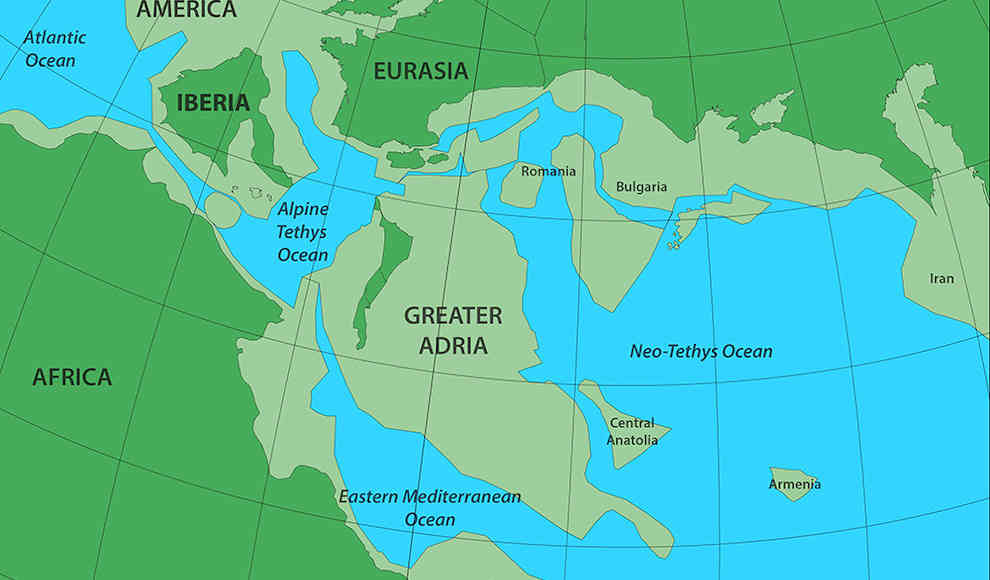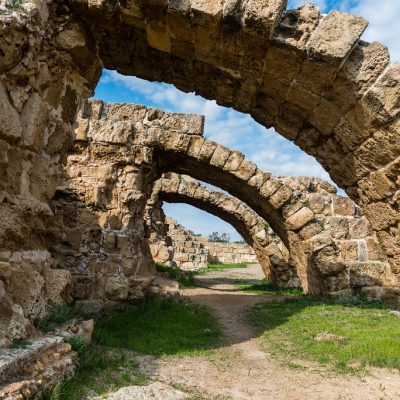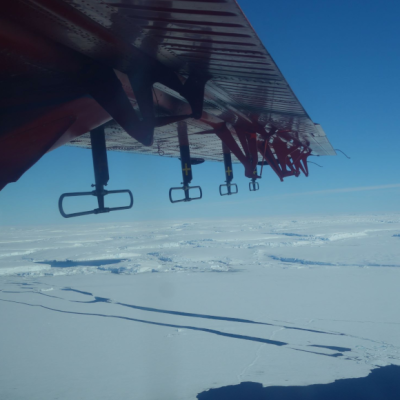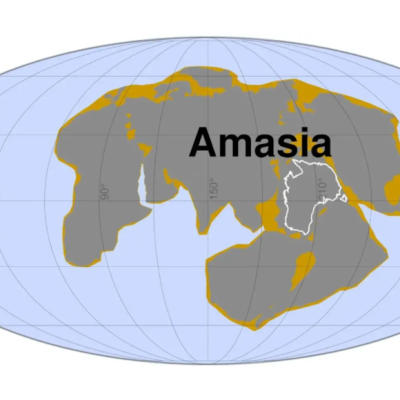The collision of the African and Eurasian tectonic plates in the Mediterranean region has led to the formation of the Alps and other mountain ranges in Southern Europe. However, a recent geological mapping by the University of Utrecht has revealed that the collision also caused the Greater Adria continent, which was as large as Greenland, to be pushed into the Earth’s mantle. The remaining visible remnants of Greater Adria can be found in mountain ranges such as the Apennines, Greece, Turkey, and the Balkans. The study, which analyzed 2,300 rock samples, was published in the Gondwana Research journal.
Douwe van Hinsbergen, the author of the study, explained that many rocks in the Alps and other Southern European mountain ranges originated from Greater Adria. The continent was pushed into the Earth’s mantle during the collision with Europe about 120 million years ago. The study also revealed that Greater Adria was part of the Gondwana supercontinent about 240 million years ago and moved northwards before being located in the Tethys Sea between Africa and Eurasia about 140 million years ago. The majority of the continent was covered by a shallow tropical ocean at that time.
The study’s findings were challenging to obtain due to the complex geological activity in the Mediterranean region and the political situation, with Greater Adria’s former territory now divided among 30 countries. The collision with Europe caused the formation of the visible mountain ranges, while the majority of Greater Adria was buried under the Earth’s mantle. Seismic waves can still detect remnants of the continent up to 1,500 kilometers deep. The study provides new insights into the geological history of the Mediterranean region and the formation of mountain ranges in Southern Europe.










